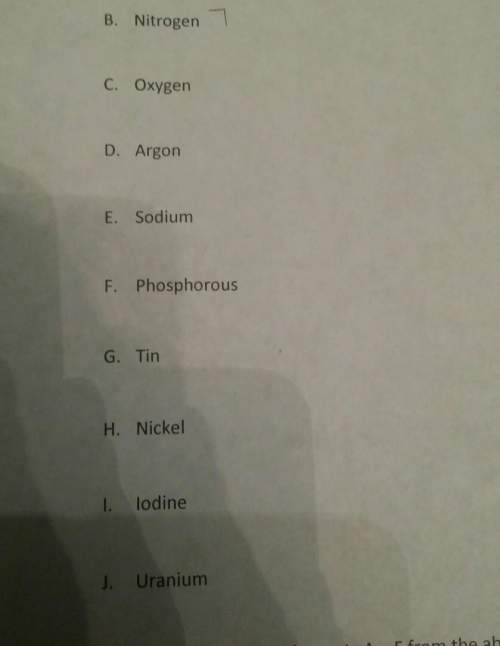
Methane reacts with chlorine to produce methyl chloride and hydrogen chloride. once formed, the methyl chloride may undergo further chlorination to form methylene chloride, chloroform, and carbon tetrachloride. a methyl chloride production process consists of a reactor, a condenser, a distillation column, and an absorption column. a gas stream containing 80 mole% methane and the balance chlorine is fed to the reactor. in the reactor, a single-pass chlorine conversion of essentially 100% is attained, the mole ratio of methyl chloride to methylene chloride in the product is 5: 1, and negligible amounts of chloroform and carbon tetrachloride are formed. the product stream flows to the condenser. two streams emerge from the condenser: the liquid condensate, which contains essentially all of the methyl chloride and methylene chloride in the reactor effluent, and a gas containing the methane and hydrogen chloride. the condensate goes to the distillation column in which the two component species are separated. the gas leaving the condenser flows to the absorption column where it contacts an aqueous solution. the solution absorbs essentially all of the hydrogen chloride and none of the methane in the feed. the liquid leaving the absorber is pumped elsewhere in the plant for further processing, and the methane is recycled to join the fresh feed to the process (a mixture of methane and chlorine). the combined stream is the feed to the reactor.(a) using 100 kmol/h of reactor feed (not fresh feed) as a basis of calculation, draw and label a flowchart, and determine the degrees of freedom for the overall process and each single unit (including the mixing point before the ) write in order the equations you would use to calculate (i) the molar flow rate and molar composition of the fresh feed, (ii) the rate at which hydrogen chloride must be removed in the absorber, (iii) the methyl chloride production rate, and (iv) the molar flow rate of the recycle stream.(c) solve for the four quantities specified in part (b), either manually or with matlab.(d) what molar flow rate of the fresh feed would be required to achieve a methyl chloride production rate of 1000 kg/h? (e) imagine that there is an impurity, say a light gas like nitrogen (n2), that is present at low concentration in the fresh feed. this nitrogen passes through the reactor unchanged. all of this nitrogen leaves the condenser in the gas stream, along with the methane and hydrogen chloride, and none of this nitrogen is removed by the adsorber. where will this nitrogen go? what is the potential problem with it? how would you propose to deal with this problem?

Answers: 1


Another question on Chemistry

Chemistry, 22.06.2019 00:00
1) this is the structure in the cell nucleus that houses a cell's genetic information
Answers: 3

Chemistry, 22.06.2019 09:00
If you chip a tooth, most likely you will go to the dentist to have the missing material filled in. currently the material used to fill in teeth is a polymer that is flexible when put in, yet is hardened to the strength of a tooth after irradiation with blue light at a wavelength of 461 nm. what is the energy in joules for a photon of light at this wavelength?
Answers: 1

Chemistry, 22.06.2019 14:00
In the space, show a correct numerical setup for calculating the number of moles of co2 present in 11 grams of co2
Answers: 1

Chemistry, 22.06.2019 15:30
How does a large body of water, such as the ocean, influence climate?
Answers: 1
You know the right answer?
Methane reacts with chlorine to produce methyl chloride and hydrogen chloride. once formed, the meth...
Questions

Health, 28.01.2021 22:10

Law, 28.01.2021 22:10

Mathematics, 28.01.2021 22:10



History, 28.01.2021 22:10



Mathematics, 28.01.2021 22:10

History, 28.01.2021 22:10


History, 28.01.2021 22:10

Mathematics, 28.01.2021 22:10

Mathematics, 28.01.2021 22:10

Mathematics, 28.01.2021 22:10

Mathematics, 28.01.2021 22:10



Social Studies, 28.01.2021 22:10




